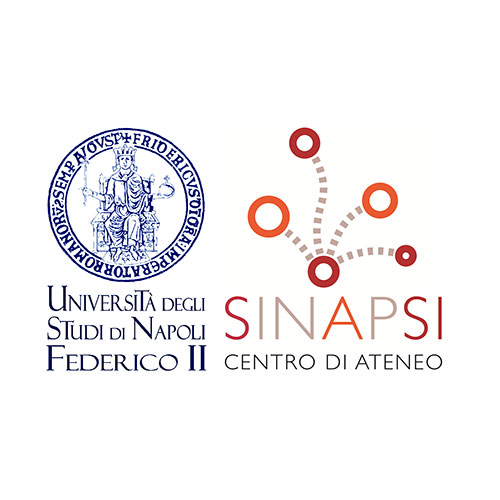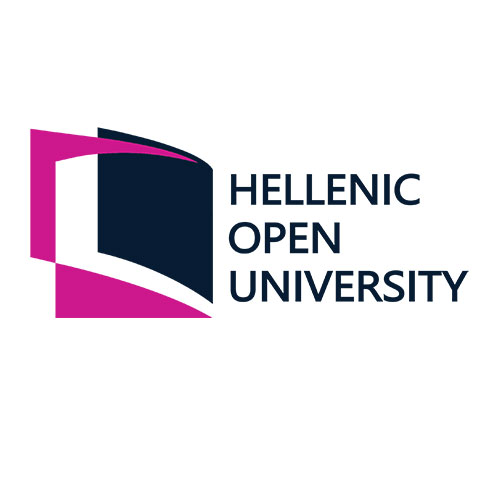Stock taking
He Inclusiveness Index
In this work package WP1 partners will deepen the understanding of the case studies/best practices already identified at proposal preparation and during the needs analysis carried out at individual HEI level on the dynamic of inclusiveness of HEIs.
Partners will match those cases and practices to the specific needs (already identified and presented in the narrative sections above) of the target groups, diversifying and customising across the target groups identified in:
1. Students, with particular focus on gender and sexual orientation (i.e. cisgender women and LGBT+ cohorts)
2. Teaching staff
3. Administrative staff
This WP will allow partners to fine-tune the structure of the XENIA Inclusiveness Index, pinpointing the thematic areas (Institution, Policies and Programmes, Pedagogy and Academics, Support Services, Academic life) to ensure that they encompass the entire dimensions of an Inclusive HEI. Once confirmed the thematic areas, for each “pillar”, partners will identify and develop indicators that allow to gauge the relevance, intensity and depth of inclusiveness at institutional level. Partners will identify existing indicators and develop new ones to ensure that the XENIA Index is able to capture the entire sets of dynamics and dimensions of inclusiveness at HEI level.
Themes and indicators will then be benchmarked against the inclusion dimension of HEIs. The results of WP1 will be the set of thematic areas with the relative indicators that will feed into the WP2 for the development of the index.
ABSTRACT
The XENIA Project is a 36 month project funded by the Erasmus+ Programme of the European Union involving a consortium of 7 partners from 5 European countries (Ireland, Italy, Greece, Slovenia and Spain). The project aim is to develop and implement an inclusiveness index to support equality, diversity and inclusion in European Higher Education Institutions (HEIs). Specifically, the index will measure the actual level of social and educational inclusion of sexual minority and gender marginalised students and staff. The project will also share practices and tools for promoting and improving equality, diversity and inclusion (EDI).
Work Package 1 (WP1) was the first phase of the XENIA project which included 4 key activities generating 2 deliverables with multiple outputs. The primary aim of WP1 was to lay a robust foundation for the XENIA HE Inclusiveness Index by developing a Common Research Methodology which guided the work and contributions of all XENIA partners in WP1, and through which a rich evidence base could be harnessed. The key activities underpinning this common research methodology were: the identification and classification of HEIs into 5 relevant and appropriate thematic areas; the development of 64 indicators that signify inclusion of gender diverse and LGBTQ+ students and staff, categorised into subsections under one of the thematic areas; and the development of tools and resources for promoting inclusion across HEIs.
This report describes in detail each step in the development of WP1 by the consortium from January to July 2020. Every output, tool, resource and supporting document created and/or used over the course of WP1 is made available in the report.






